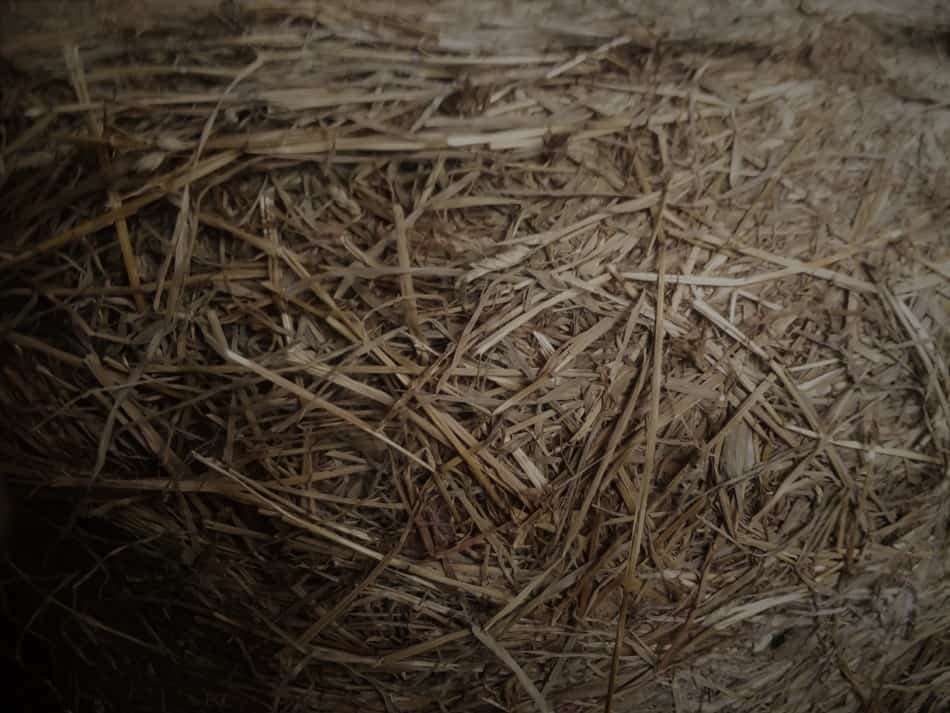How Long Does Haylage Take To Ferment
How Long Does Haylage Take To Ferment. If the daytime temperature exceeds 60 f, don’t leave it exposed more than one day. Baleage takes longer to ferment than chopped haylage.

You can ferment sauerkraut too long, at which point it will become mushy, and the taste will be too acidic, even though the sauerkraut will still be edible. Wrapping some of the haylage this summer. Low growing and cruciferous vegetables:
Baleage Usually Is Not Packed As Tightly As Haylage.
The simple answer for how long fermentation takes is about 10 days. The length of time it goes on for depends on many variables such as sugar concentration, type of yeast, ambient temperature and more. Temperature is important if it gets too cold the fermentation can stop because the yeast goes dormant.
Baleage Takes Longer To Ferment Than Chopped Haylage.
Lag times can be as short as an hour or two, and on up to 72 hours. If the temperature is 55 degrees fahrenheit to 65 degrees. The time it takes to deplete the forage mass of oxygen depends on the rate of respiration and the amount of oxygen in the forage.
What Does A Haylage Bale Look Like On The Outside?
The forage used for haylage is cut the same as it would be for will for dry hay, the difference is in the timing of baleing. At the end of the fermentation process, you should have a stable forage that keeps for at least a year as long as the bag or wrapping remains fully intact. Thus as a “rule of thumb,” never leave silage exposed to the air more than two days during feeding.
Once The Forage Has Been Placed In An Airtight Structure, Cell Respiration Depletes The Oxygen In The Forage Mass, Creating An Anaerobic Environment For Fermentation To Begin.
Before the yeast even start turning your wort into beer, they go through a phase called respiration. Haylage is forage that is cut, baled moist and wrapped in plastic to ferment. Yet, at essentially any point, the forage can be fed.
However, Keep In Mind That That Process Might Take Longer During The Winter Months Than In.
The secondary fermentation process can take anywhere from three months to a year. If it’s cabbage or grows like cabbage, above the ground and low to the ground, then 21 days of fermentation works well. The feeding rate should still be relatively quick, however, as excessive heating, as well as spoilage, could be significant if exposed for days or even hours.